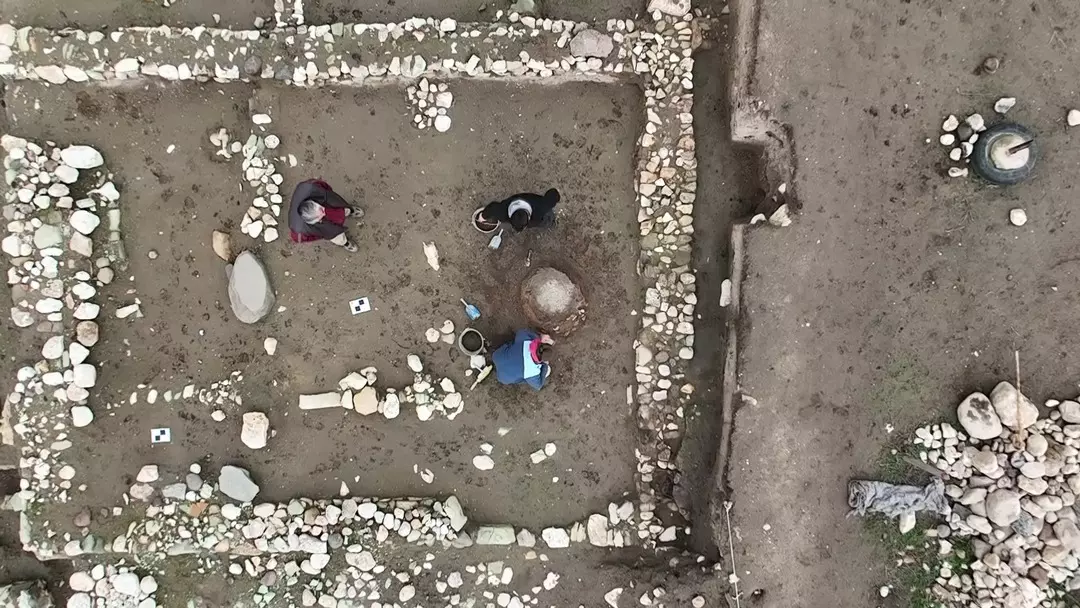Archaeologists from the National Institute of Anthropology and History (INAH) have discovered a nose ornament made of human bone in the ancient Mayan city of Palenque in Mexico.
The discovery was uncovered during excavations at House C, part of a palace complex built by Pakal the Great, the National Institute of Anthropology and History (INAH) said in a statement.
The nose ornament was made with part of a human distal tibia and is engraved with a scene that expresses communication with the gods and ancestors.
For the first time in the history of explorations in the Archaeological Zone of Palenque, in Chiapas, a nose ornament with an eloquent carved scene was located, an attire made of human bone worn by rulers and priests of this ancient city, during ceremonies in which they embodied K’awiil, the Mayan god of maize and fertility.






